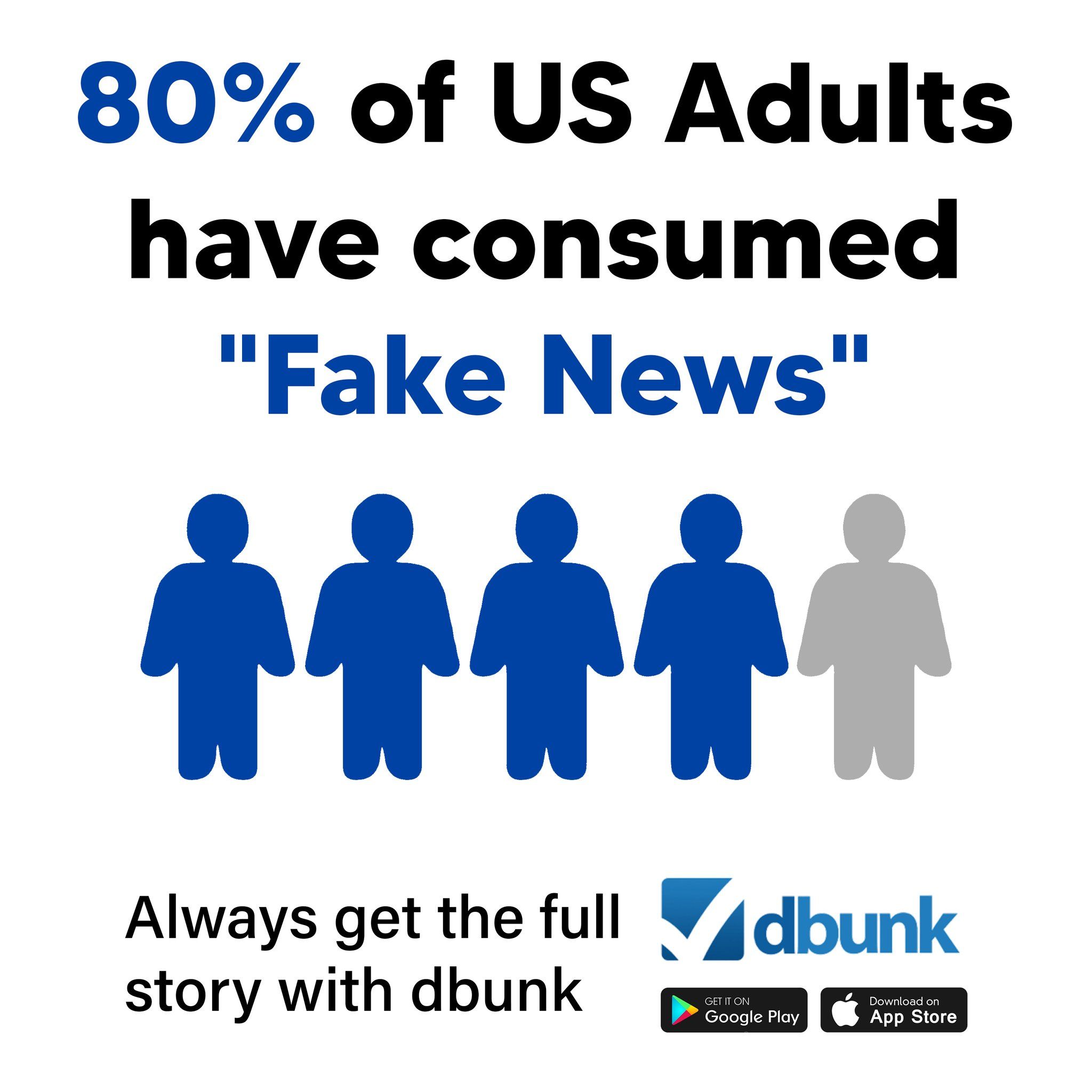
Introduction
This article from CNBC was flagged for fact-checking after users questioned whether the recent three-day rally in U.S. stock markets was triggered by former President Trump signaling a potential reduction in tariffs on Chinese imports. The article covers broad market updates, investor sentiment, and economic indicators, but provides mixed signals about real progress on trade negotiations—especially with China. We verified the key claims related to Trump, tariffs, and the cause of investor optimism to determine whether speculation aligns with public statements and factual developments.
Historical Context
Trade tensions between the U.S. and China have been a dominant economic theme since the Trump administration’s escalation of tariffs starting in 2018. Under President Trump, the U.S. imposed tariffs on hundreds of billions of dollars in Chinese goods, prompting retaliation. While the Biden administration maintained many of these tariffs, Trump—now a presidential candidate again—has reignited discussions on trade as part of his 2024 campaign. Tariff announcements have routinely impacted stock markets due to their effects on corporate profits, supply chains, and inflationary pressures.

Fact-Check of Specific Claims
Claim 1: “President Donald Trump said he is willing to take a less confrontational approach toward trade talks with Beijing.”
This claim appears in the final paragraph of the article, suggesting that Trump’s softer tone may have contributed to the market rally. However, there are no direct quotes or official statements from Trump in the past week confirming this shift in position. Reuters, Bloomberg, and official press releases do not record a change in Trump’s tariff policy or trade negotiation approach with China during this time. Moreover, the Chinese Ministry of Commerce directly refuted any claim of ongoing trade talks with the United States, stating, “At present there are absolutely no negotiations on the economy and trade…” Therefore, this claim lacks verifiable support and is rated as misleading.
Claim 2: “Much of the market optimism in recent days has stemmed from investors’ belief that the U.S. administration could ease more when it comes to the mounting trade war.”
This assertion by Deutsche Bank’s Jim Reid reflects market speculation rather than a confirmed policy change. While investor psychology can influence short-term price movements, no formal adjustments to tariffs have been made. Treasury Secretary Scott Bessent noted potential progress with South Korea—not China—highlighting a critical distinction. According to the U.S. Trade Representative and recent government briefings, no bilateral deals or easing measures on Chinese tariffs have been enacted. Therefore, while the perception exists, it is not grounded in an official policy change, making this a claim based on speculation rather than evidence.
Claim 3: “Hope of easing tensions between the two nations sent stocks higher on Wednesday.”
Stocks did rise over the past three days, with tech leading the market exhibits, and many analysts attributed part of the jump to sentiment around global trade. However, the article also clarifies that China made it explicitly clear no talks were ongoing: “China said overnight that there were no trade talks taking place with the U.S.” This contradicts the notion that tangible progress drove gains. In reality, the rally stemmed more from strong earnings among megacap tech stocks—such as Amazon and Nvidia—and a lack of further escalation in tariffs. Investor optimism was speculative and not based on confirmed diplomatic developments. This claim omits critical context.

Claim 4: “Chinese imports are subject to a U.S. tariff of 145%.”
This figure appears in the final paragraph and requires clarification. While the U.S. recently raised tariffs on specific Chinese EV and tech imports in 2024, the broad assertion of a 145% tariff on all Chinese imports is inaccurate. According to data from the Office of the United States Trade Representative (USTR), average tariffs currently range from 7.5% to 25% on most goods, and only select categories—such as electric vehicles—face tariffs approaching 100% or higher. The 145% figure may apply to a narrow product category but not to all imports. Therefore, this claim is misleading and lacks context.

Conclusion
This article presents a comprehensive overview of market dynamics but includes several speculative claims about trade policy developments that are either unsubstantiated or taken out of context. The idea that Trump signaled a softer stance toward China is not supported by verifiable public statements, and the belief-driven optimism among investors appears to lack real policy changes behind it. Additionally, some data points—such as the 145% tariff figure—are incomplete or potentially misleading without clarifying their limited scope. While market optimism may be high, the article could do more to distinguish between sentiment and actionable developments. Overall, the article exaggerates the impact of rumored tariff changes and downplays contradictory evidence issued by official foreign ministries.

Encourage Readers to Take Action
Want to know what’s really driving the markets? Cut through the noise and stay ahead of misinformation. Download the DBUNK app today for trusted, unbiased news analysis. Join the truth-seeking movement by following DBUNK on social media.
Link to Original Article
https://www.cnbc.com/2025/04/23/stock-market-today-live-updates.html

